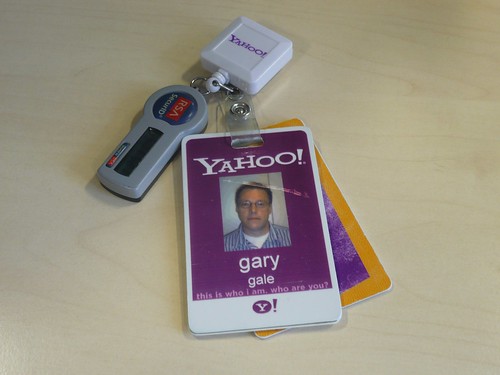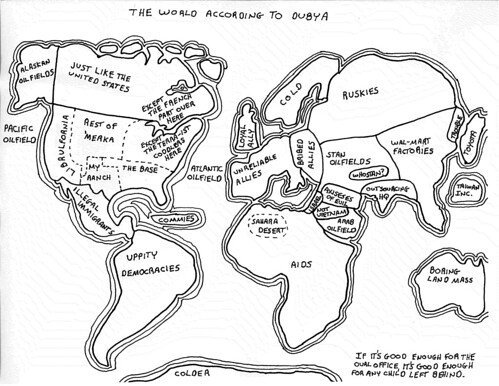RIP FireEagle. You Shall Share Location No More
Back in 2010, when I left Yahoo! to go and join Nokia, I wrote some words that at the time seemed full of hope for the future of the Geotechnologies group I'd left.
I’ll continue to use my core set of Yahoo! products, tools and APIs … YQL, Placemaker, GeoPlanet, WOEIDs, YUI, Flickr and Delicious. Not because I used to work for Yahoo! but because they’re superb products.
Time and changes of corporate heart have not been kind here. Maybe it's time to take a look at the state of the geo union.






